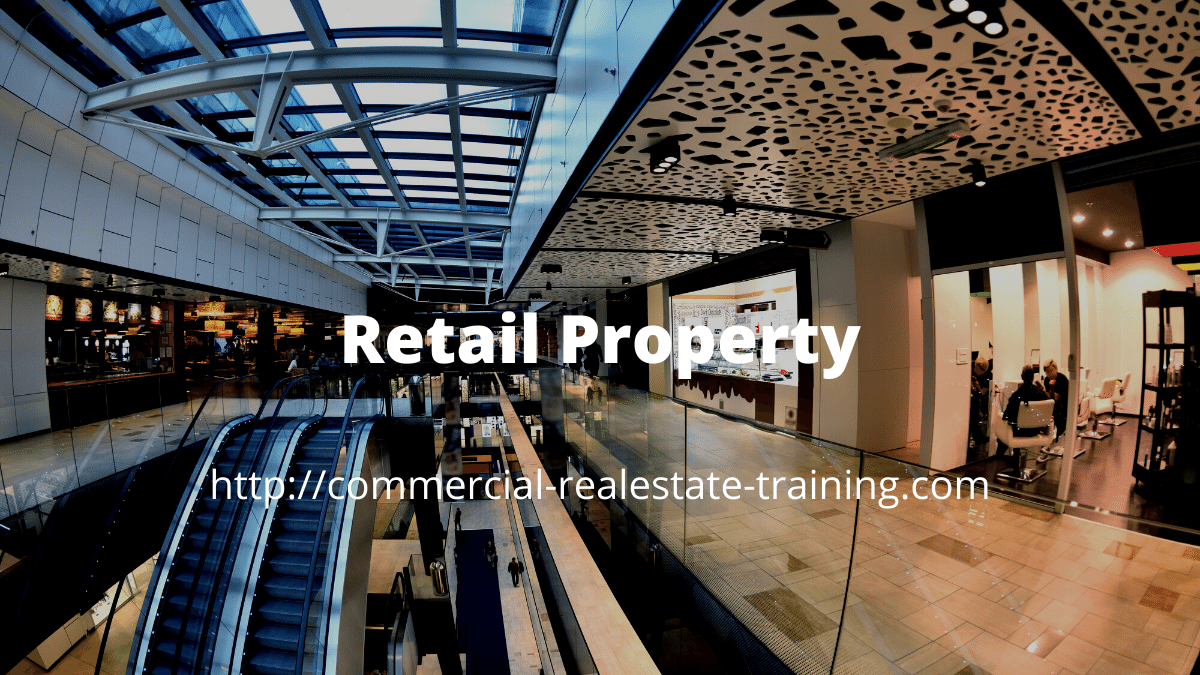21 Ways to Manage a Shopping Center Successfully
To successfully manage a retail shopping center, a good degree of knowledge and a lot of systems are required. Knowledge comes with time and systems come with experience; a good manager can do a lot for a retail property over time.
A property manager taking on any retail shopping center should have the experience from the outset as the property and the tenant mix can suffer all too quickly; from that point of decline onwards rents can fall and vacancies rise.

Agents Join Here Free
For resources, tips, tools, and templates for commercial real estate
If you are a commercial real estate agent, you might be interested in joining us. We can provide valuable insights, tips, and trends in the commercial real estate market globally. Don’t miss this chance to stay ahead of the curve and grow your business with our email bulletins.
Focus on Key Retail Issues
So to manage a retail property and particularly a shopping center successfully, a focus is required on key issues and facts such as:
- Upcoming vacancies – Watch for the vacancies that could occur in the property in the coming 18 months. Negotiate early with any tenants to solve vacancy problems before they occur.
- Lease terms and conditions – Most leases are formed around the terms and conditions of a standard document, but things are changed to reflect the particular tenant and premises. Critical dates will be important to watch as will other lease terms.
- Tenant mix functions and balances – Some tenants match the mix or a particular location in the cluster of other tenants. Define your tenant clusters and customer zones so you know what can work for you in the tenant mix.
- Customer numbers and demographics – Every shopping center should be tracking foot traffic numbers and customer counts at all the main doors. Car-parking numbers and use should also be tracked on different days of the week. When you watch the numbers you can see when things change and take action accordingly.
- Market rents – The rents for a property will set a precedent. Gross, net, effective, and face rents all have a meaning in the local area and with the property type. How do your rents compare with other local shopping centers?
- Maintenance routines – The maintenance activities within any retail property will be ongoing and sometimes unexpected. You will need a group of maintenance contractors that understand the property and the challenges of day to day events. Some of the maintenance routines can be planned as part of a budget process.
- Insurance – Risk and injury can evolve from occupancy and customer movement through the property. It is quite common in any shopping centre to see that they have a comprehensive insurance management and risk control process.
- Energy and environmental matters – Today we find the energy costs are generally rising, and environmental issues occur frequently with property usage. Every Investment Property should be assessed for environmental risk factors and energy consumption. The maintenance routines for the property then control both of those issues.
- Income and expenditure budgets – Rental income will shift and change throughout the year; the same can be said for expenditure within the shopping centre. A budget process within both categories can take into account the functions of the property, the tenancy mix, the vacancy factors, and property market conditions. Every year the budget should be reviewed for changes and opportunity in cash flow.
- Better tenants – Some tenants are better than others for any particular property and shop location. Within the retail property, a tenancy retention plan and a tenant mix strategy can help with tenant decisions and placements.
- Anchor tenants – The larger anchor tenants that draw customers to the shopping centre should be carefully selected given the location and the customer demographic. The rents that they pay for occupancy will be quite different to the rents paid by the specialty tenants. That rental equation will be driven by the size and the type of anchor tenant, and the factors of customer attraction that the tenant brings to the property.
- Specialty tenants – The typical retail property will be supported by a comprehensive mix of specialty tenants. The tenants will be placed in clusters around the asset, as part of a customer sales strategy. The placement of tenants will also be impacted by entrance doorways, customer movements, shopping patterns, and vacancy factors.
- Risk and liability – You will always have factors of disruption, risk, and liability in the function of a shopping centre. Some of those factors can be controlled, planned, and expected. You can do that through a comprehensive risk management plan. There will also be other issues occurring with both tenants and customers involving personal injury, property damage, and property use.
- Operational budgets – It costs money to run the property and outgoings must be controlled. Every day there will be costs involved in maintenance but also remember the consumable costs such as electricity, gas, water, and communications. Tenants and customers expect the services and the amenities within the retail property to be of the highest standard.
- Landlord requirements – Many property owners have specific requirements when it comes to income, expenditure, rental, lease documentation, tenant controls, maintenance, and reporting. All of those things should be structured into a management system and reporting process for the landlord.
- Property reports – On a regular basis certain reports will be produced as part of the property control process. Those reports would typically be arrears and aged debtors, vacancy updates, tenant communications, lease negotiations, and maintenance updates.
- Property business plans – Given all of the previous points, it is quite clear that a property business plan is required. The plan would normally be created at the beginning of any financial year, and then be tracked on a monthly basis throughout the year. Adjustments will be made when it comes to income, expenditure, the tenancy mix, lease documentation, and property maintenance.
- Property presentation – When it comes to the running of a retail property, presentation is everything. Given the intensity of customer and tenant usage, ongoing maintenance and presentational issues require control. Any customer visiting the property should not be inconvenienced by maintenance activities, or offended by property presentation and particularly cleanliness. The maintenance routines within the property should control all of those things.
- Renovations and Upgrades – Upgrades to tenancy areas and common areas, and any ongoing refurbishment activities will also be issues to watch when it comes to property presentation.
- Capital works – These are the larger issues of replacement within a shopping centre. Usually larger items of plant and equipment fall into the capital items budget. Throughout the year, the spending of money on capital items will be planned based on property use, and cash flow, and the lifecycle of plant and equipment.
- Marketing activities – Every shopping centre should be effectively marketed to the customer base and matched to the local demographic. Marketing funds are usually collected from the tenants as part of the occupancy and lease process. The funds are then spend as part of a marketing budget integrated into the seasonal festivities for the area and the customer demographic.
In any larger shopping center, these factors would all involve separate strategies and many issues will be documented in a business plan of one type or another. Every year the plan is updated and refined to reflect retail customer spending patterns and economic conditions in the local area.








